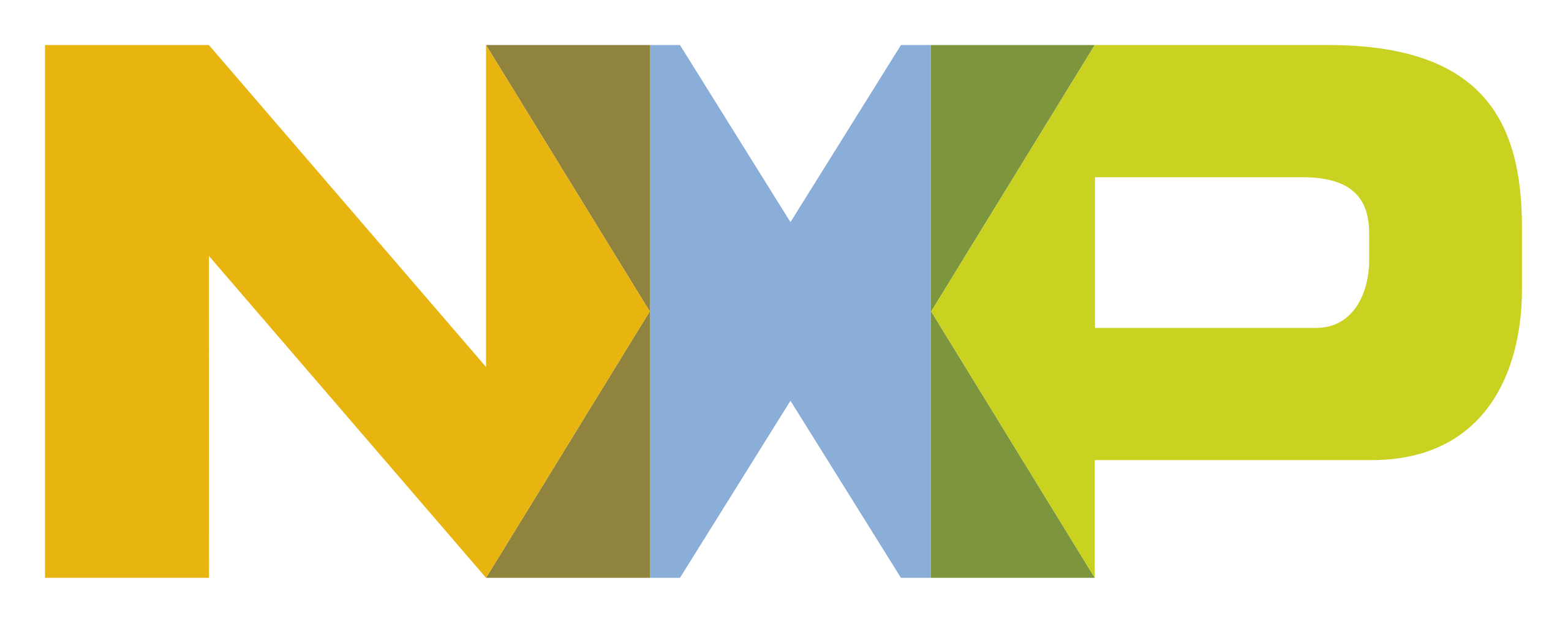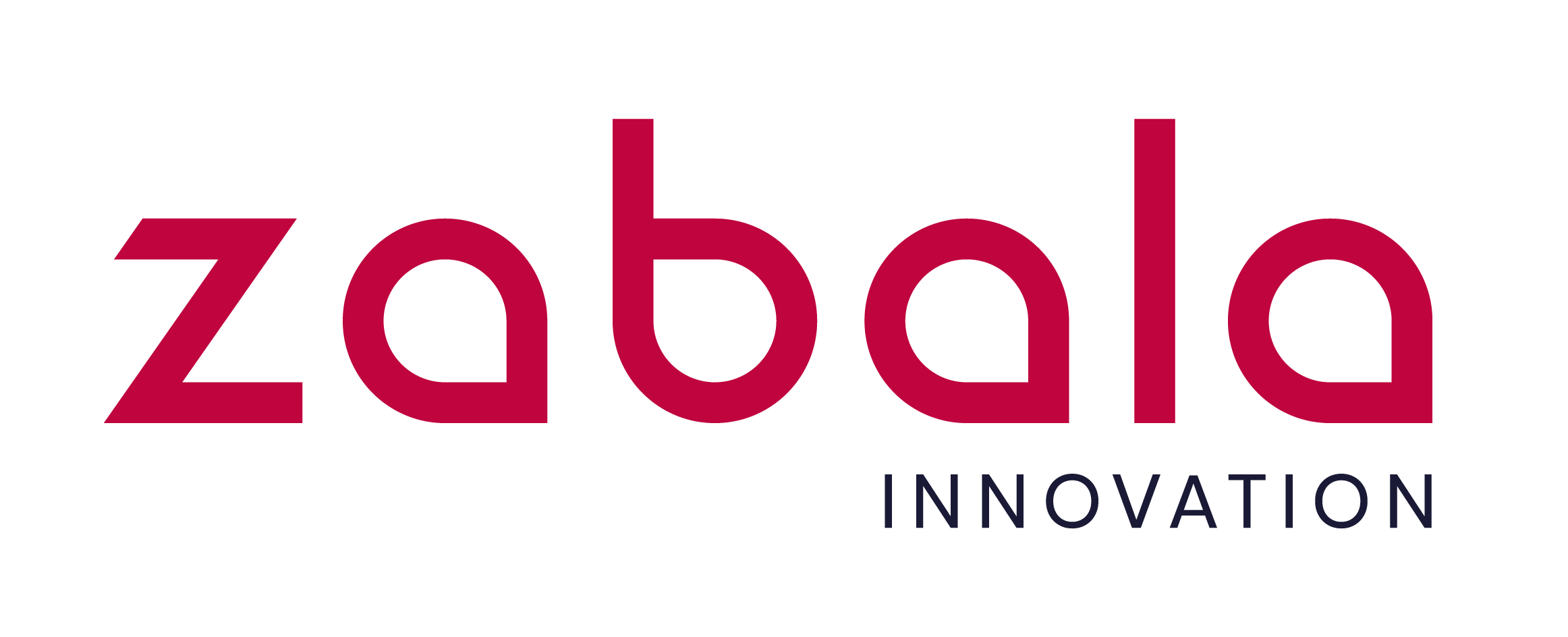Directives and regulations that are applicable to RFID tags manufacturers
As RFID tags manufacturers, we remain vigilant to be up-to-date in relation to all directives and regulations that apply to production and commercialization of RFID tags. Do you know which ones they are? In this article we inform you.
The REACH Regulation
The REACH Regulation is the most comprehensive, updated procedure that exists in the world for the management and control of chemical products in order to preserve human health and the environment against the risks of chemical products.
The REACH regulation came into force in 2007, and recently, last June 2018, the European Chemicals Agency (ECHA) and the European Council of Chemical Industries (CEFIC) signed a cooperation agreement to improve the monitoring and control of chemical substances.
This regulation is applicable throughout the industry, including companies that in principle might seem that they are not linked to this commitment. Depending on your role in the industry (chemical manufacturer, distributor, importer, downstream user, supplier of items, etc.) you will register and inform about your REACH compliance in different ways.
As RFID tags manufacturers, we are intermediate users, and we must check that all our suppliers, to whom we buy substances and materials, produce according to the REACH Regulation, for example, suppliers of adhesive papers with which we make the labels.
To explain it very briefly, complying with the REACH Regulation means that the product doesn’t contain the substances on the ECHA list or these substances are at their acceptable levels for health and the environment.
In Trace ID we collect and keep updated the REACH certificates of our suppliers to be able to affirm that our resulting RFID tags are in compliance with this Regulation.
RoHS Directive
The RoHS Directive (Restriction of Hazardous Substances) was adopted by the Council of the European Union in 2003 and establishes the absence of substances considered harmful in electrical and electronic equipment and/or materials. These substances are dangerous for human health. Therefore, its use in electrical and electronic devices is prohibited; or its presence is limited to certain quantities.
The RoHS Directive applies only to electrical and electronic equipment on the market (and all its internal components), such as information technology and telecommunications equipment, large and small appliances, lighting equipment, electrical and electronic equipment, toys, equipment entertainment and sports, and vending machines.
Information and documents proving that the products are in compliance with the restrictions specified in the RoHS Directive should be retained for five years from the time the product is marketed. Every year, manufacturers are required to update their RoHS certificates.
The substances that the RoHS Directive regulates are:
- Lead (Pb) <1000 ppm
- Mercury (Hg) <100 ppm
- Cadmium (Cd) <100 ppm
- Hexavalent chromium (Cr VI) <1000 ppm
- Polybrominated biphenyls (PBB) <1000 ppm
- Polybrominated diphenyl ethers (PBDE) <1000 ppm
- Butylbenzene phthalate (BBP) <1000 ppm
- Dibutyl phthalate (DBP) <1000 ppm
- Diisobutyl phthalate (DIBP) <1000 ppm
As manufacturers of RFID tags, we follow our suppliers of chips and antennas to keep us updated with their RoHS certificates.
RED Directive
The RED Directive (Directive on Radio Electronic Equipment) regulates the commercialization and suitability of radio-electronic equipment and came into force in 2017.
The RED Directive defines «radio equipment» as an electrical or electronic product that intentionally emits or receives radio waves for radio communication purposes or an electrical or electronic product that requires an accessory (for example, an antenna) to intentionally emit or receive radio waves for radio communication. «Radio waves» are defined as electromagnetic waves of frequencies below 3000 GHz that propagate through space without wires.
As manufacturers of passive RFID tags, our RFID consumables are exempt from this certification. On the other hand, if tags are active RFID which are provided with a battery to emit intentionally, then they need RED compliance.
Contact with food, health products, textiles and others
To finish, we will point out that each RFID tag must comply with the proper regulations depending on its final use; for example, those RFID tags that must be in contact with food should be watertight, inside a sandwich between materials which have certificates that demonstrate compliance with the European Food Contact Regulations, such as EC 1935/2004, EC 2023/2006 and EC 10/2011.
We hope this article has been enlightening in relation to the directives and regulations applicable to the manufacture and commercialization of RFID tags. If you want to keep informed about the latest news of the RFID technology industry, subscribe to our newsletter here.
Contact us for more information focused on your needs. If you wish to receive information about RFID technology, subscribe to our magazine.






